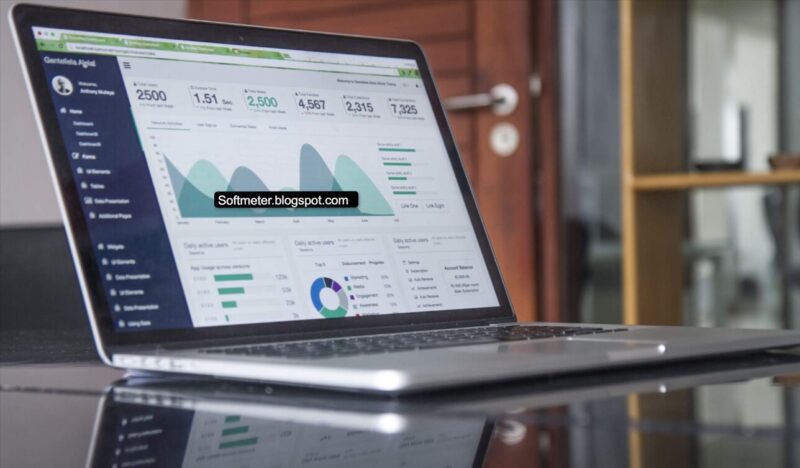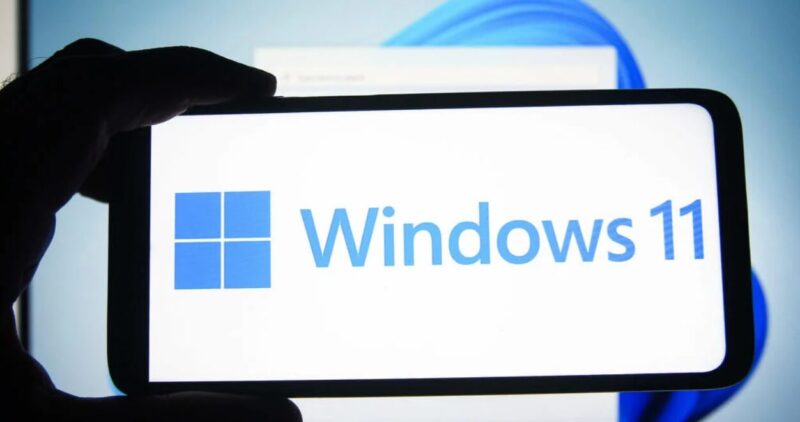What does RDP stand for?
RDP, which stands for Remote Desktop Protocol, is a widely known proprietary protocol developed by Microsoft. Its primary purpose is to facilitate efficient connectivity and productivity for users. This protocol operates by having RDP clients on one computer and b on another, providing users with a graphical user interface RDP for seamless access.
More details about the RDP protocol:
- Security: RDP is utilized as a secure communication protocol for network communication.
- Remote Access: It enables remote access to other computers or devices.
- Remote Management: RDP allows for the remote management of computers, data, or devices.
- Versions: Official versions are available for Microsoft Windows, macOS, and there’s even an open-source version.
How can USA RDP enhance work processes?
The architecture of USA RDP facilitates swift access for remote workers to their office desktops, enabling them to connect simply via portable devices or web browsers. Utilizing familiar credentials from their regular workplace environment fosters a sense of security, ultimately leading to increased productivity.
Moreover, USA RDP’s efficient operation over low bandwidth simplifies internet-based communication.
Here are some reasons to enhance the work environment using USA RDP:
- Smart Card Authentication: Enables secure user authentication.
- Bandwidth Reduction: Optimizes data transfer rates, especially over low-speed connections.
- Resource Sharing: Allows one computer to access and utilize resources from others.
- Multiple Displays: Supports multiple displays for simultaneous connections.
- Audio and Messaging: Facilitates smooth communication between connected parties.
- Support for Over 64,000 Channels: Enables independent connections.
- Encryption Capabilities: Ensures secure data and resource sharing using 128-bit key encryption.
How does the protocol work?
Remote access is achieved through port number 3389, with data transmitted in packet form. Microsoft Communication services assist in transmitting data to the RDP data channel, which is then encrypted by the operating system before being framed for transmission over the TCP/IP layer.
Security of USA RDP:
The latest versions of USA RDP prioritize security, with Microsoft Windows OS specifying access rights for users. Implementing network layer authentication and RDP protocol further enhances security.
The security of USA RDP is paramount for ensuring the safety of data and resources during remote desktop connections. Several measures contribute to its security:
- Authentication: USA RDP employs robust authentication mechanisms, including smart card authentication, to verify the identity of users before granting access to remote desktops.
- Encryption: Data transmitted over USA RDP connections is encrypted using advanced encryption standards, such as 128-bit encryption, to protect it from unauthorized access or interception.
- Access Controls: Access to USA RDP sessions can be controlled and restricted based on user permissions, ensuring that only authorized individuals can access sensitive resources.
- Network Layer Security: USA RDP incorporates network layer security protocols to safeguard communication channels and prevent unauthorized access to remote desktops.
- Regular Updates: Regular updates and patches are released to address security vulnerabilities and enhance the overall security posture of USA RDP implementations.
- Compliance Standards: USA RDP adheres to industry standards and compliance regulations to ensure that security best practices are followed, minimizing the risk of security breaches.
Conclusion
Experts often recommend using RDP only when necessary to mitigate security threats. Acquiring RDP from trusted sources like “Buy-RDP” is straightforward, and its user-friendly GUI makes it accessible. Explore the benefits of this affordable USA RDP for remote desktop connections, enhancing network security for personal data.



